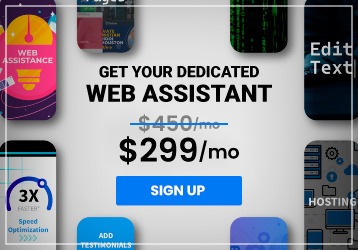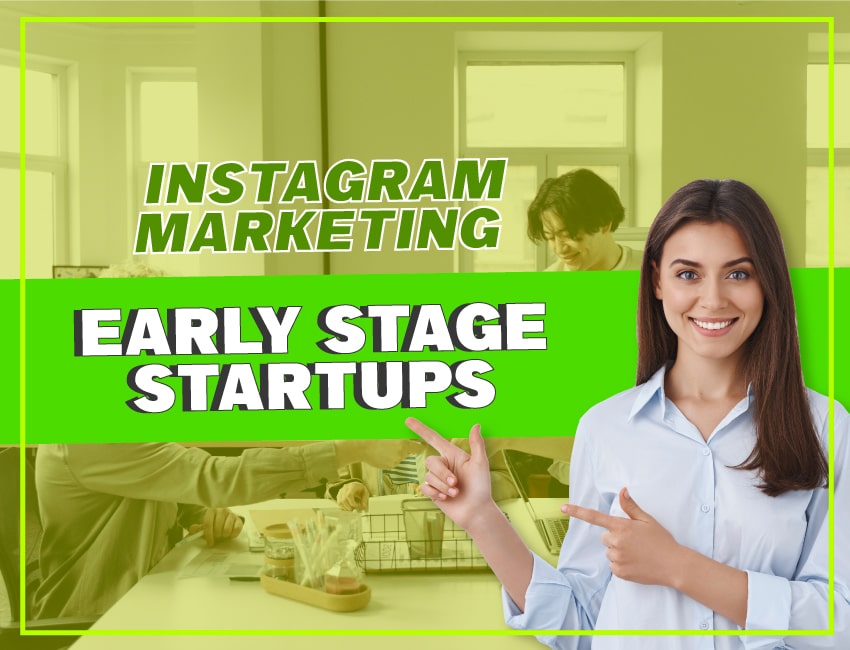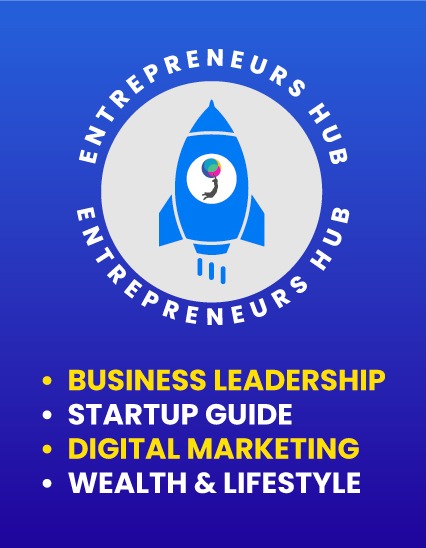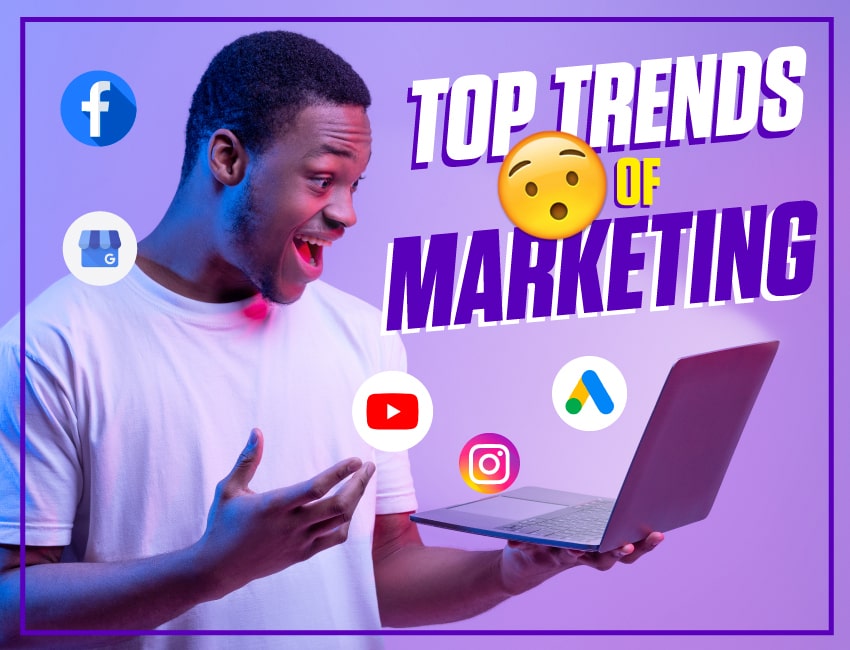Embrace the Power of Video Marketing

Embrace the power of video marketing!
If You haven’t, you’re overlooking a tremendous chance.
It’s undeniable that digital marketing and advertising are rapidly growing mediums. Mobile devices have transitioned from mere platforms to must-have tools for businesses to connect with consumers effectively.
Now, it’s crystal clear that video is leading the pack in the digital media race. It has become the fastest-growing advertising category across mobile, desktop, and overall platforms, surpassing even social media display expenditures.
However, many businesses continue to sideline video marketing. Are you one of them? Is video merely an afterthought, hastily added to your marketing plan at the last minute? If so, you’re squandering a remarkable opportunity.
In fact, you’re missing out on an immense opportunity. YouTube, the second-largest search engine globally, boasts over 1 billion users who watch hundreds of millions of hours and generate billions of views daily. Additionally, Facebook’s monthly active users for video viewing have reached a staggering 1.71 billion.
Video has revolutionized the way businesses engage with their customers. If you wish to remain connected and relevant, video must become a pivotal component of your marketing strategy.
But where do you begin? What objectives should you aim for? And what are the advantages and disadvantages of creating video content for TikTok, YouTube, and Instagram? We interviewed Amy Schmittauer, a YouTube sensation and video marketing expert, to discuss what it takes to craft a compelling video that not only captivates your audience but also strengthens your brand and propels your business to new heights.
The Untapped Potential of Neglecting Video Marketing
All businesses strive to build strong connections with their customers and scale personalized experiences, and video presents an ideal opportunity to achieve precisely that.
When you create video content, you leverage both visual and auditory elements, enabling you to establish a profoundly personal impact that surpasses mere tweets or image uploads. It’s akin to sitting down with someone one-on-one. You can grab your customer’s attention and deliver a personalized message about your identity, your brand’s essence, and the value you offer.
Overcoming Camera Shyness: Should You Appear On-Screen or Showcase Your Products and Services?
Here’s the thing: You can opt to stay behind the scenes and solely focus on showcasing your products. However, that choice takes the safe route, something anyone can do. The true power of videos lies in their uniqueness—they should stand out from the sea of ordinary content. It’s the human element that forges a genuine connection with your audience. You meet them at their level of understanding, even before they know who you are or what you sell. But how can you foster that connection by hiding from the camera?
In many cases, especially for smaller businesses, the responsibility of being the on-camera presence falls on the president or owner. But if you’re uncomfortable with that role, consider finding someone within your network who would serve as a passionate advocate for your brand. This is an opportunity to let individuals who love being in front of the camera represent you. Ultimately, it’s about revealing your true self, your values, and your passions to your audience.
Unlocking the Potential of Video Production: Resources and Cost
Are you wondering what resources are necessary to produce a captivating video? Surprisingly, you already have one of the finest cameras available – your smartphone. With a simple button press, you can start recording videos. Therefore, startup costs can be minimal. Additionally, there are editing tools that are either free or extremely affordable. Many of these tools offer a user-friendly drag-and-drop interface, making the editing process a breeze.
Ultimately, the key factors are time, context, energy, and strategy. If you’re willing to invest a small amount to achieve greater results, that’s fantastic. However, when it comes to video startup costs, the excuse of high expenses no longer holds water. Once you begin creating videos consistently, you can consider investing in a point-and-shoot camera or other equipment. But remember, the crucial step is to get started! Buying expensive gear won’t benefit you if it gathers dust on the shelf.
Essential Entry-Level Tools and Resources for Video Production
Did you know that YouTube offers a hidden editing feature? You can film content on your phone, upload it to YouTube, and keep it private. Then, you can effortlessly combine those clips using the editor available on the platform. It’s that simple, and you don’t even need additional storage. Furthermore, YouTube has an app called Director, which guides beginners through the process of filming a well-structured video.
If you own an Apple device, iMovie is an excellent editing tool that either comes bundled with your Mac or is available for a reasonable price. It offers a straightforward interface. For Windows users, Windows Movie Maker is a comparable option.
Another valuable resource worth recommending is Adobe Rush and Adobe Spark. These platforms allow you to import video clips and images and provide templates and guides to create impressive videos. They even offer the ability to overlay text onto moving pictures and videos, enhancing the visual impact.
Guidelines for Producing High-Quality Video Content
Undoubtedly, it’s crucial to consider your target audience when creating content. Ask yourself:
- What questions do they have?
- What are they searching for on the internet?
- What are their current interests?
For instance, if you’re a real estate agent, your potential customers may not be ready to buy a house yet. However, they might be millennials renting and seeking design advice or DIY tips for their homes. By providing such content, you can establish familiarity with your brand. When they do decide to take the next step, you’ll be the first name that comes to mind.
Many people overlook this approach. They tend to focus solely on their product or service, assuming that it constitutes valuable content. However, this narrow focus might not resonate with their audience. Even if you offer content on “how to price a home correctly,” while useful, your audience may already have a realtor by the time they’re thinking about buying or selling a home. Therefore, it’s crucial to adopt a “top of the funnel” mindset when creating videos. Remember, content should address what your customers are currently thinking about, rather than what you believe they should know about your product or service.
Tailoring Video Features for Different Platforms
In my opinion, yes, the features of a video should vary depending on the platform you’re using. For YouTube, it’s crucial to have an eye-catching thumbnail and a compelling headline to grab viewers’ attention. On YouTube, you can also have more of a presenter-centric approach since once someone clicks play, the focus is solely on your video. However, Facebook presents a different challenge. Videos on Facebook play automatically as users scroll through their feed, so it’s not just about the title or thumbnail but rather the content itself. It needs to hook the viewers and entice them to turn on the audio. Ask yourself, “What can I do to pull them out of the newsfeed and into watching my video?”
Captions can make a significant difference for Facebook videos. If viewers can’t hear the audio, captions allow them to follow along and they can choose to turn on the sound if interested. Facebook captions are improving, and people are paying attention to selecting compelling copy and attractive fonts.
Snapchat, TikTok, and Instagram are a whole different ballgame. These platforms thrive on more spontaneous, behind-the-scenes content. Overly polished or produced videos don’t perform as well. Users expect a more authentic and raw experience through these channels.
Optimal Frequency for Creating Video Content
The frequency of creating video content depends on the context. With YouTube, you can build an extensive archive of videos that continue to work for you over the years. On the other hand, videos on Instagram have a shorter lifespan, typically lasting only a couple of days unless they go viral. As a general industry standard, aiming for one video per week is a good approach.
Ultimately, you need to consider how often you want to appear on the radar of your potential customers. If you primarily focus on Facebook, where videos tend to have a shorter lifespan, creating videos regularly shouldn’t be too challenging. Even short clips or boomerang shots can help maintain engagement. However, for YouTube, where production value is often higher, you may want to invest more time and thought into the creation process. In such cases, you can repurpose snippets from longer videos for Facebook.
Platforms like Instagram and Snapchat require a different mindset. To stay relevant, you can’t let your story disappear within 24 hours. That’s the benchmark you should strive to meet—to always be present and engaging. Therefore, the frequency of video creation on these platforms is much higher compared to YouTube due to their unique model and audience expectations.



















